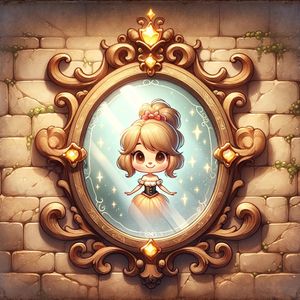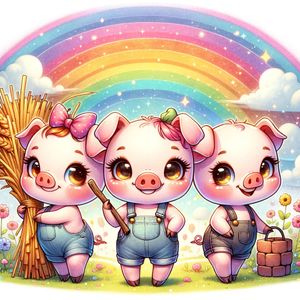The Brothers Grimm, Jacob and Wilhelm, are synonymous with childhood wonder. Their collection, Grimm’s Fairy Tales, has captivated readers for generations with tales of talking animals, wicked stepmothers, and brave princesses. But the Grimms were more than just storytellers; they were scholars who ignited a global fascination with folklore and profoundly influenced the course of literature.
Born in the late 18th century, the Grimms grew up surrounded by oral traditions. Their childhood home in Hanau, Germany, was filled with folktales and legends passed down through generations. This rich cultural tapestry sparked a lifelong interest in language and folklore. They embarked on a mission to document these stories, traveling across rural Germany, meticulously collecting tales from peasants, housewives, and storytellers.
Their motivation went beyond mere entertainment. The Grimms believed these stories held the key to understanding German culture and identity. They saw them as remnants of a bygone era, offering a glimpse into the values, fears, and social structures of their ancestors. This dedication to preservation resulted in their groundbreaking collection, “Kinder- und Hausmärchen” (Children’s and Household Tales), published between 1812 and 1822.
However, the Grimms weren’t simply archivists. They were active storytellers, shaping the collected narratives for a new audience. They streamlined plots, added dialogue, and even introduced a darker edge. Many familiar tales, like “Cinderella” and “Snow White,” were significantly altered from their original, often bawdier versions. The Grimms imbued them with a moralistic tone, reflecting the social values of their time. This darker, cautionary approach became a defining characteristic of the Grimm style.
The impact of Grimm’s Fairy Tales was immediate and far-reaching. It sparked a global interest in folklore, inspiring countless writers and artists. The tales were translated into numerous languages, reaching every corner of the world. European Romantics, captivated by the collection’s focus on the “folk soul,” embraced it as a cornerstone of their movement.
The influence on literature is undeniable. Writers like Hans Christian Andersen and E.T.A. Hoffmann were directly inspired by the Grimms’ work. Their focus on magic, talking animals, and fantastical creatures laid the groundwork for the modern fantasy genre. Later authors like Angela Carter and Margaret Atwood reinterpreted the tales, exploring the darker aspects and feminist themes often downplayed in the original versions.
The Grimms’ influence extends beyond specific works. They pioneered the systematic collection and analysis of folklore, laying the foundation for the academic study of folktales. Their work continues to inspire folklorists today, who delve deeper into the cultural and historical significance of these narratives.
The legacy of the Brothers Grimm is complex. Their editing and sanitization of some tales have been criticized. However, their dedication to preservation remains invaluable. They rescued these stories from the realm of oral tradition and ensured their survival for future generations.
Today, Grimm’s Fairy Tales remain a cornerstone of children’s literature. The enduring popularity of these stories speaks to their universality. Themes of good versus evil, perseverance, and the fight for justice resonate with readers across cultures and generations. The dark undercurrents, echoes of a harsher reality, add a layer of complexity that continues to intrigue readers of all ages.
The Brothers Grimm may not have invented happily ever afters, but they certainly gave them a powerful voice. From humble fireside tales to a global fairy tale empire, their legacy continues to enchant readers and inspire new creative explorations of these timeless narratives.







